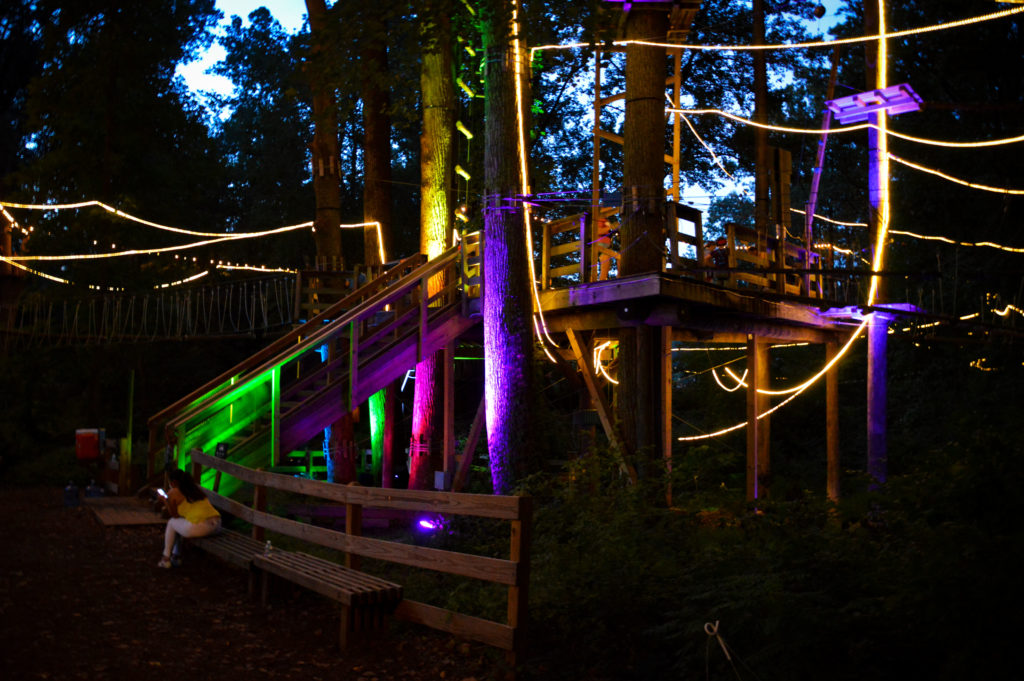
WEIGHT: 59 kg
Bust: 36
One HOUR:150$
NIGHT: +80$
Services: Rimming (receiving), Photo / Video rec, Sauna / Bath Houses, Blow ride, Golden shower (out)
Frogs and toads are found throughout Oregon, but usually not too far from streams or moist habitat. Worldwide, frogs and toads are in trouble because of habitat loss, pollution, pesticides, climate change, diseases, the pet trade and competition from invasive species.
Many of Oregon's 12 native species of frogs and toads are listed as Oregon Conservation Strategy Species of concern. Frogs and toads belong to the same animal group but are very different. Toads have dry, rough and bumpy skin covering a wide body while frogs are slender with smooth, moist skin. Frog eyes are higher on the head than toads and are rounder and bulging.

And there's a reason we play "leap frog" - frogs take long, high jumps but toads run or take small hops. Check out our fun fact sheet on Oregon's frogs and toads.
The American bullfrog is a non-native invasive frog that survives and reproduces very successfully in Oregon. Bullfrogs aggressively compete for food and living space with our native frogs.

They eat many types of native wildlife including other frogs, young pond turtles, and ducklings. Bullfrogs can lay almost 10 times more eggs than native frogs and can quickly out number them. The coloring of adult coastal tailed frogs often matches the color of local rocks ranging from brown or reddish-brown to gray with little flecks of yellow or gray. They have grainy textured skin that further enhances their camouflage. Male coastal tailed frogs have a short tail, the signature for tailed frogs.


































